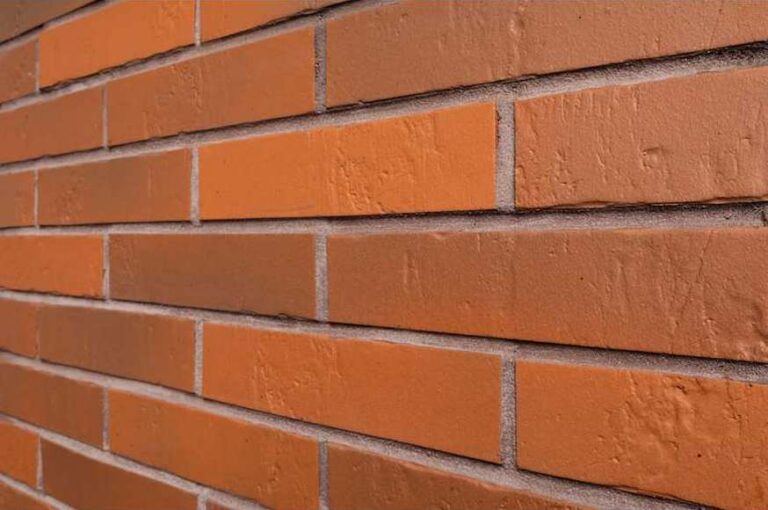Tuckpointing is a crucial maintenance and restoration process for buildings, especially those with brick or stone facades. Over time, the mortar between bricks or stones can deteriorate due to weathering, age, and other factors. If left unaddressed, this deterioration can lead to structural issues and aesthetic problems. Here are seven reasons why your building may need tuckpointing:
Weather Damage:
Exposure to harsh weather conditions like rain, snow, and freeze-thaw cycles can gradually erode mortar joints. Water can penetrate these weakened joints, causing further damage as it freezes and expands. Tuckpointing helps restore the mortar’s integrity and prevents water infiltration.
Older buildings are more susceptible to mortar decay. As mortar ages, it becomes more porous and less effective at holding bricks or stones together. Tuckpointing is often necessary to replace worn-out mortar and maintain the structural integrity of the building.
Cracks and Gaps:
As mortar weakens, it may develop cracks or gaps between bricks or stones. These openings not only compromise the building’s appearance but also provide avenues for water, pests, and air infiltration. Tuckpointing closes these gaps, enhancing both aesthetics and energy efficiency.
Structural Integrity:
Failing mortar joints can compromise a building’s structural stability. Tuckpointing reinforces these joints, ensuring that the bricks or stones remain securely in place. This preventative measure can help prevent costly and dangerous structural issues down the road.
Aesthetic Improvement:
Tuckpointing is not only about structural concerns but also about preserving a building’s visual appeal. Freshly tuckpointed mortar can make your building look new again, enhancing its curb appeal and potentially increasing property value.
Preventing Water Damage:
Water infiltration can lead to extensive damage inside a building, including mold growth, wood rot, and deterioration of interior finishes. Tuckpointing acts as a protective barrier against moisture, preventing costly interior repairs.
Preserving Historical Buildings:
For historic or heritage buildings, tuckpointing is essential for preserving their architectural authenticity. Skilled craftsmen use traditional techniques and materials to ensure that the restoration work blends seamlessly with the building’s original design.
In summary, tuckpointing is a critical maintenance task for buildings with brick or stone facades. It addresses various issues such as weather damage, age-related deterioration, cracks, and gaps while also improving structural integrity and aesthetics. Regular tuckpointing can extend the lifespan of your building and protect it from costly repairs in the future, making it a worthwhile investment in its longevity and appearance.

0 Comments